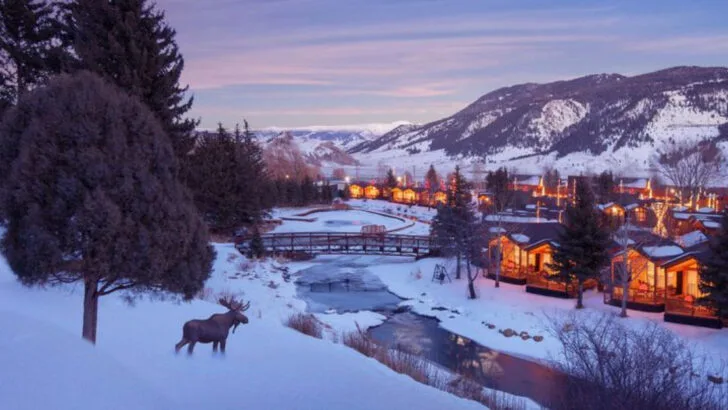The Rocky Mountains hide a secret—some towns aren’t sure if the ski boom made them or broke them. Beneath the snow-dusted peaks and cozy chalets lies a quiet tug-of-war between locals and the rush of visitors chasing powder and prestige. What started as sleepy mining towns now pulse with high-end resorts, luxury condos, and lift lines that stretch for miles. Yes, the money poured in. But so did crowds, traffic, and sky-high prices that left many wondering if paradise came with too high a cost.
These 11 mountain towns tell both sides of the story—how ski tourism brought them fame, fortune, and maybe a little too much attention. Strap in, because behind the scenic slopes is a truth as complex as the mountains themselves.
Aspen, Colorado
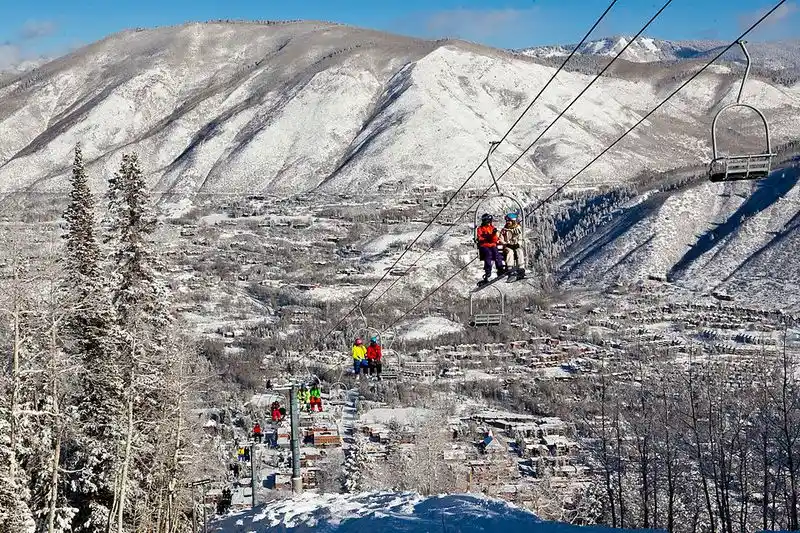
Aspen’s charm lies in its blend of luxury and natural beauty. Once a humble mining town, it has transformed into a playground for the wealthy.
The ski tourism boom brought opulence and economic stability but also skyrocketing real estate prices.
Aspen’s unique character finds itself balanced on the edge of past and present. Residents and visitors alike ponder if the town has traded its soul for prosperity.
Vail, Colorado

Vail is a testament to ski tourism’s transformative power. Established as a ski destination from the get-go, it grew with this identity.
This success, however, comes with challenges—crowds and environmental concerns are ever-present.
The town grapples with maintaining an authentic community spirit amid commercial expansion.
Breckenridge, Colorado
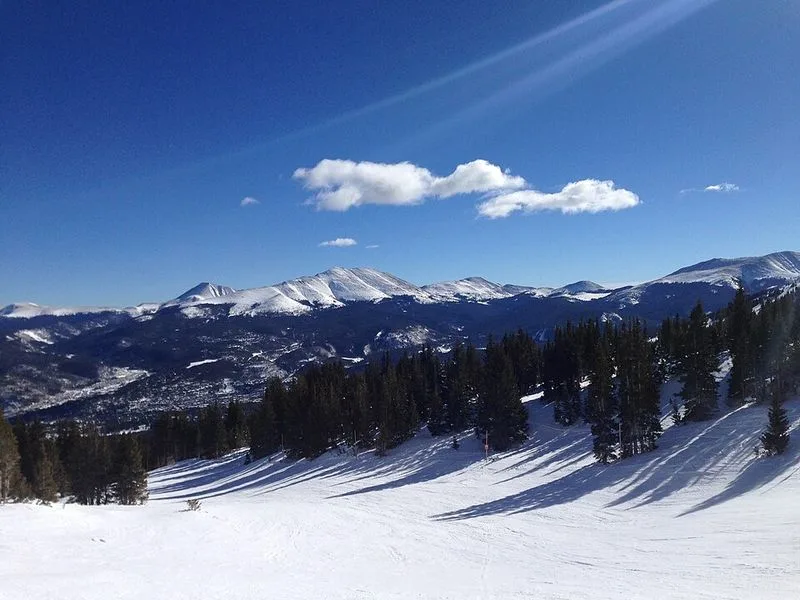
Breckenridge’s Victorian charm is iconic. Once reliant on mining, it now thrives on ski tourism.
This shift has brought economic benefits but also traffic congestion and loss of small-town feel.
Balancing growth while preserving heritage remains a delicate challenge.
Park City, Utah

Known for hosting Sundance Film Festival, Park City is a cultural hub. Ski tourism revitalized its economy post-mining era.
Yet, its success prompts debates about affordability and environmental impact.
Residents often question if the cultural richness can coexist with escalating commercial pressures.
Telluride, Colorado
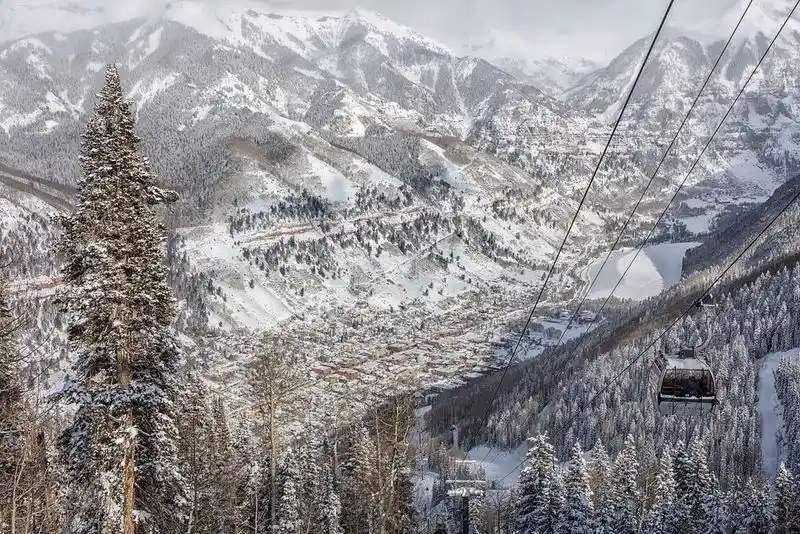
Telluride is tucked away in a stunning box canyon, offering both isolation and allure.
Its reputation as a ski haven draws visitors worldwide, pushing property values skyward.
Locals struggle with the duality of preserving their quaint town while embracing economic gains.
Jackson, Wyoming
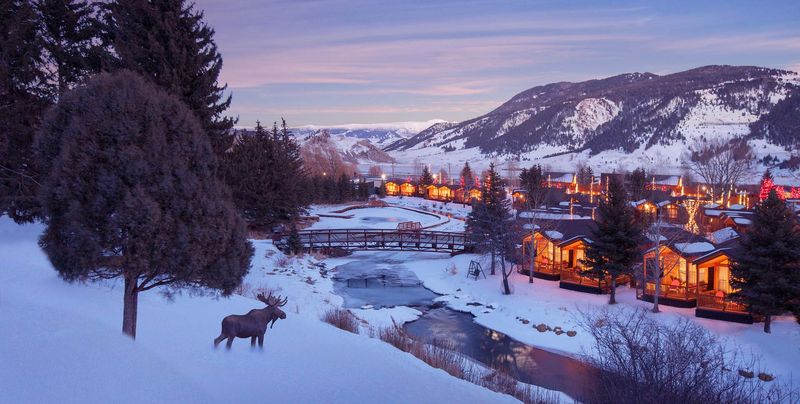
Jackson boasts breathtaking views of the Tetons, a magnet for ski enthusiasts.
Tourism has brought wealth, yet the strain on infrastructure and housing poses issues.
Balancing rural charm with the demands of a bustling ski town is an ongoing conversation.
Steamboat Springs, Colorado
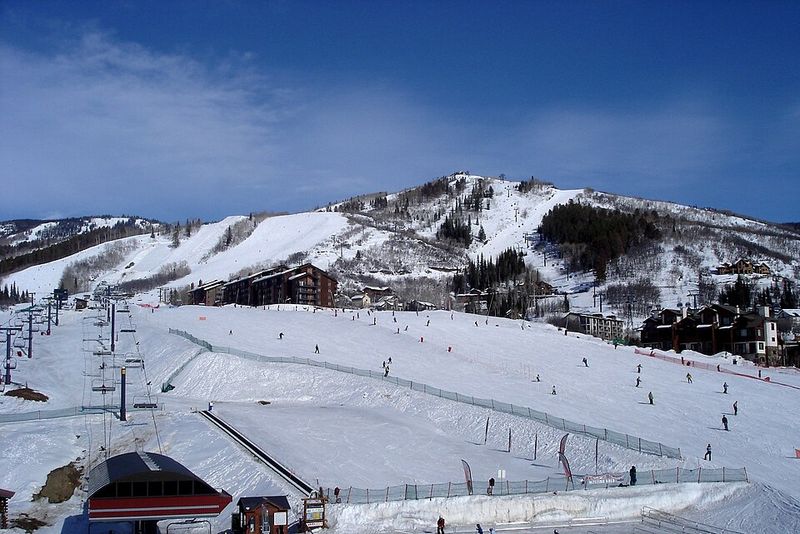
Steamboat Springs embraces its western roots while thriving as a ski destination.
Tourism supports the economy, but rapid growth pressures local resources.
Residents often debate the trade-offs between economic prosperity and maintaining a community-focused lifestyle.
Crested Butte, Colorado

Crested Butte is regarded as an off-the-beaten-path gem, noted for its vibrant culture.
While tourism has revitalized it, concerns about overdevelopment loom.
Striving to maintain its quirky spirit amid commercialization is a community focus.
Taos, New Mexico

Taos offers a blend of art, culture, and skiing. The town’s rich heritage attracts tourists in droves.
Economic benefits are evident, yet the loss of local culture is a concern.
Debates on how to sustain authenticity while promoting growth are common.
Sun Valley, Idaho
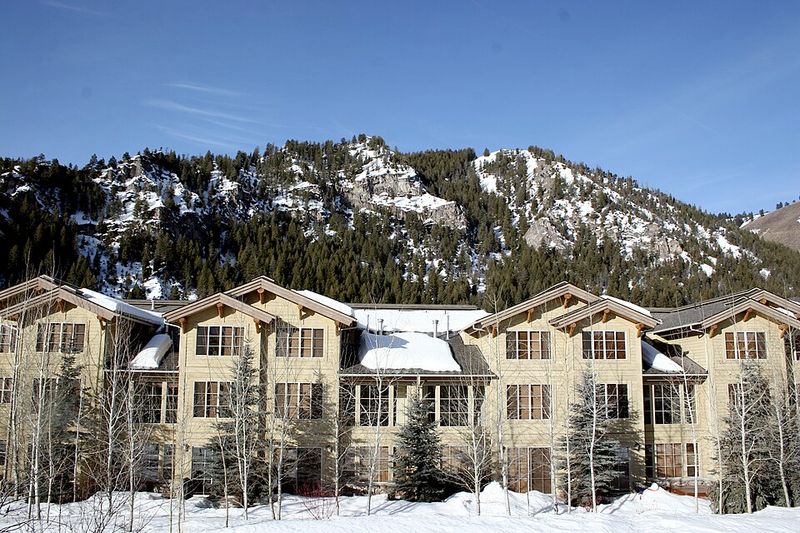
Sun Valley’s allure as a premier ski destination is undeniable. As America’s first destination ski resort, its history is rich.
Tourism fuels the economy, yet the exclusivity can alienate locals.
Finding ways to welcome newcomers while retaining local essence is key.
Big Sky, Montana
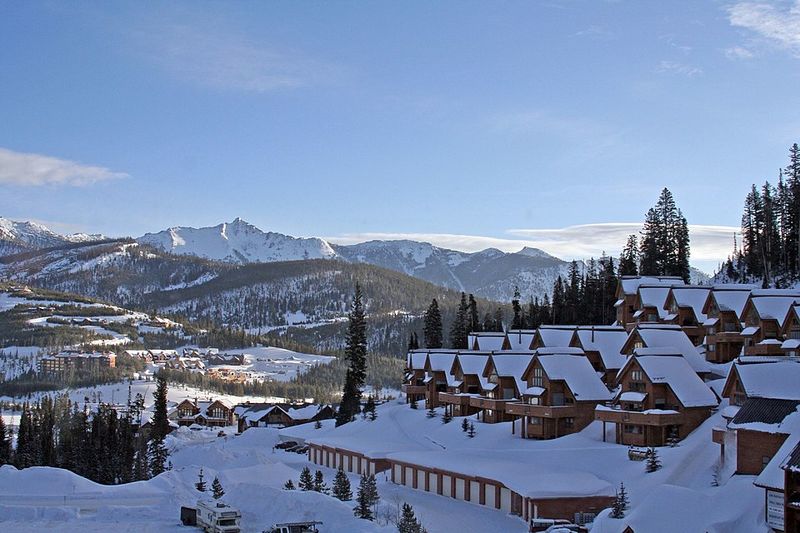
Big Sky is synonymous with expansive ski terrain and rugged beauty. Its growth has fueled development and investment.
However, the environmental footprint and housing shortages are pressing issues.
Balancing growth with sustainability is a narrative familiar to many here.

